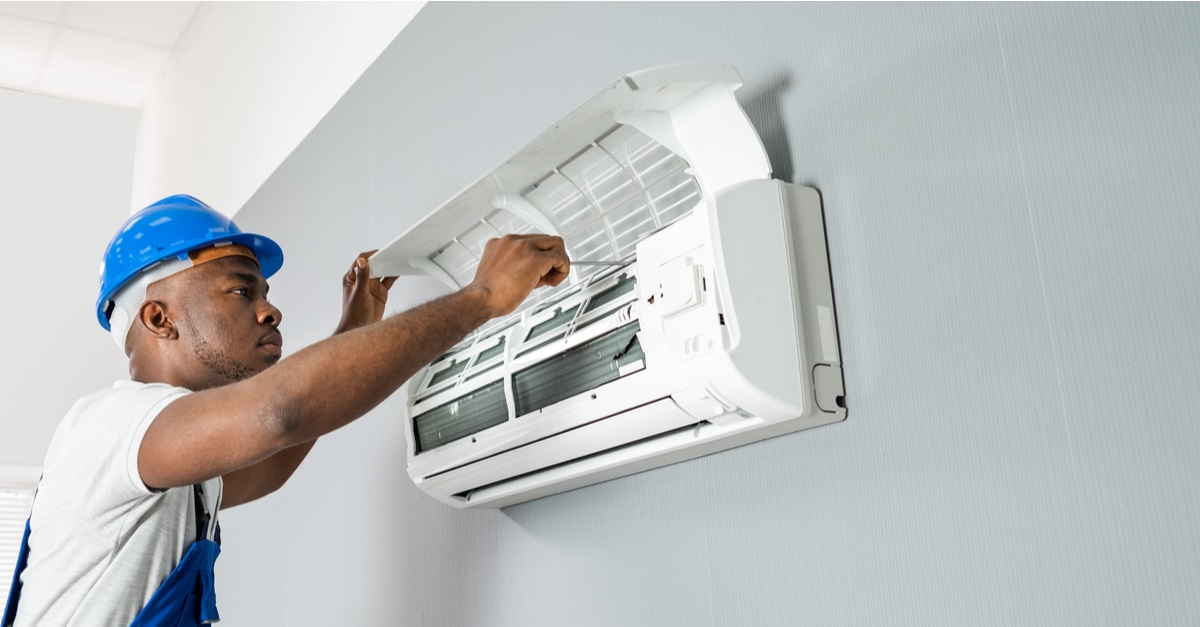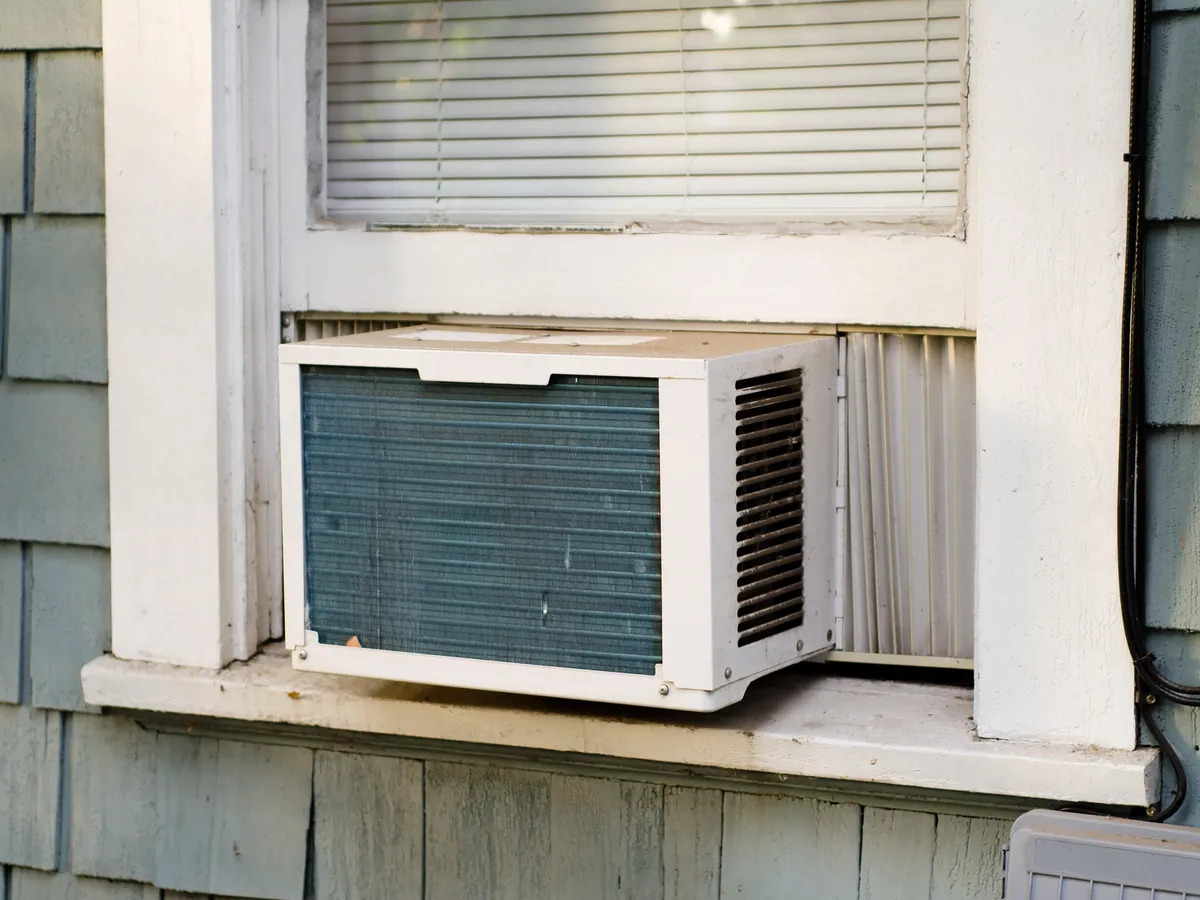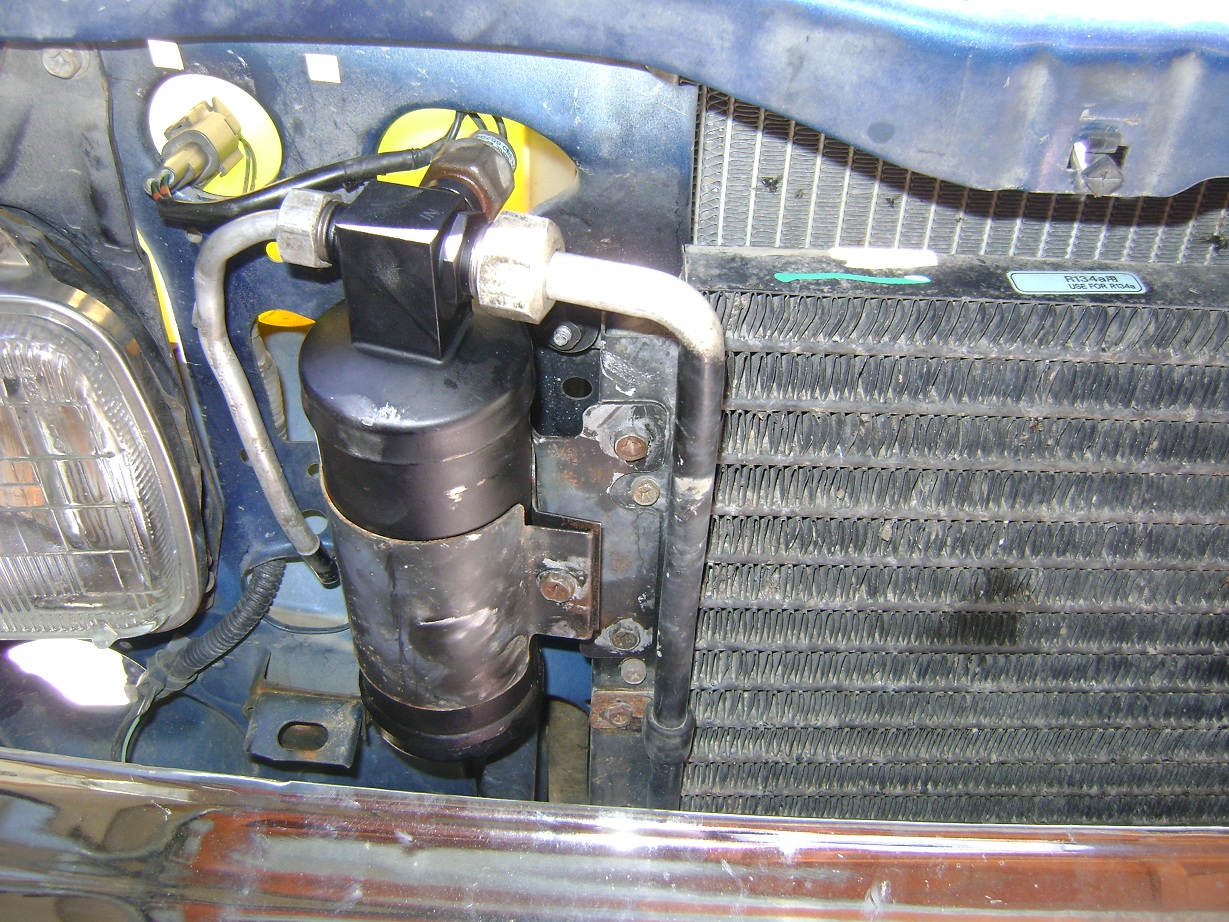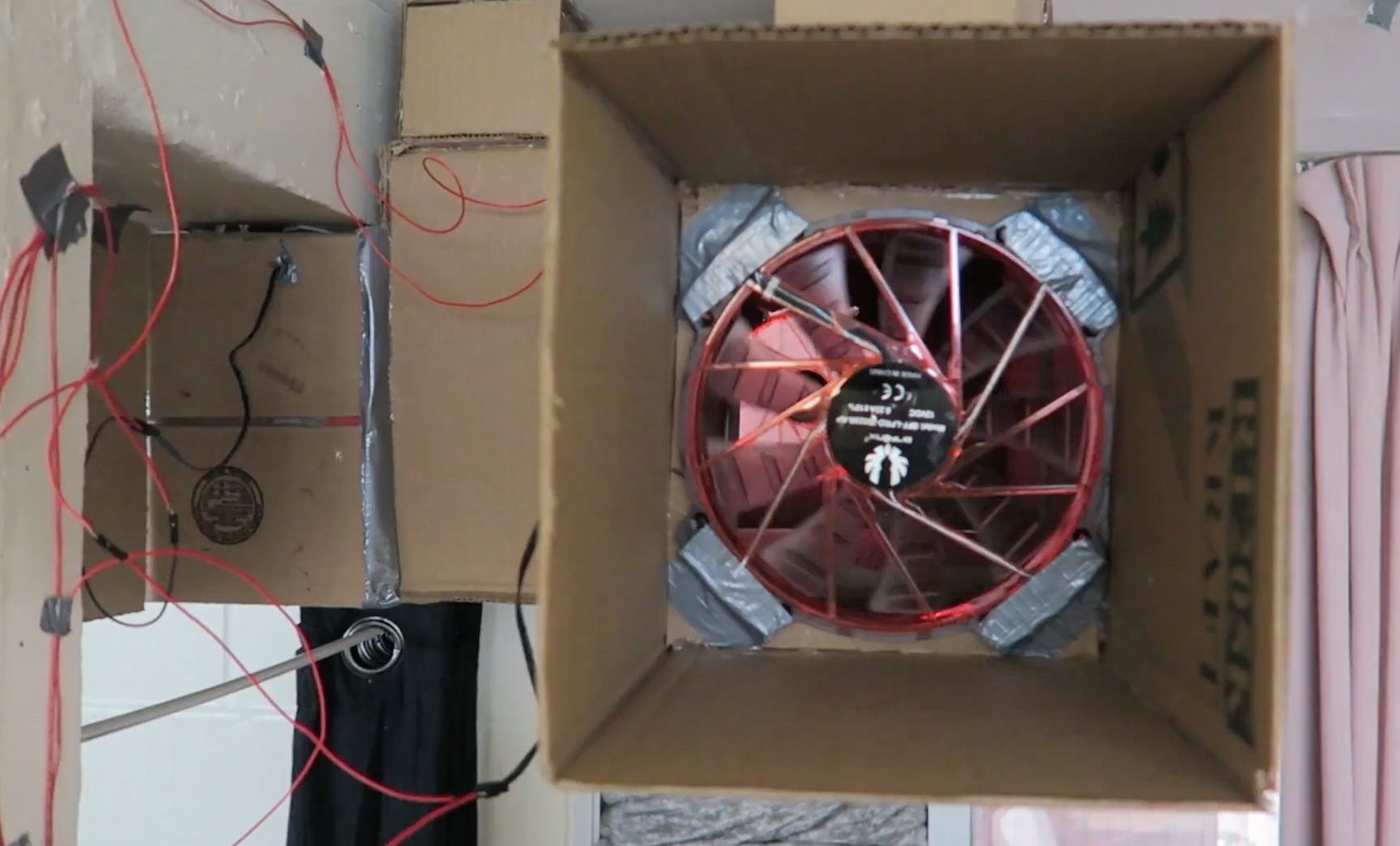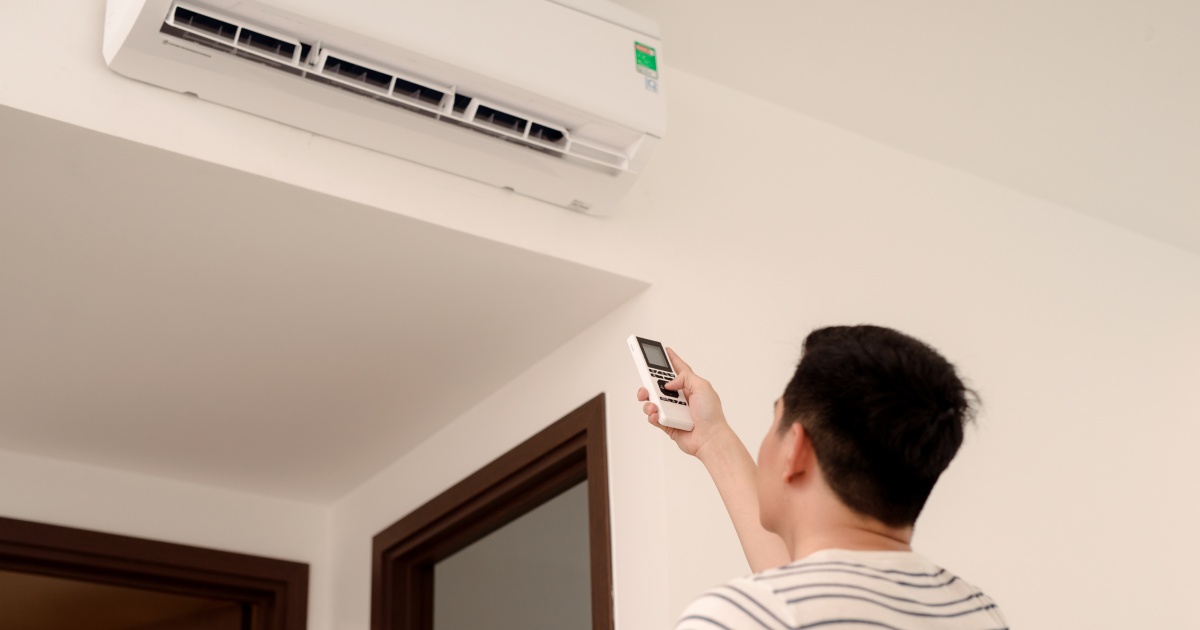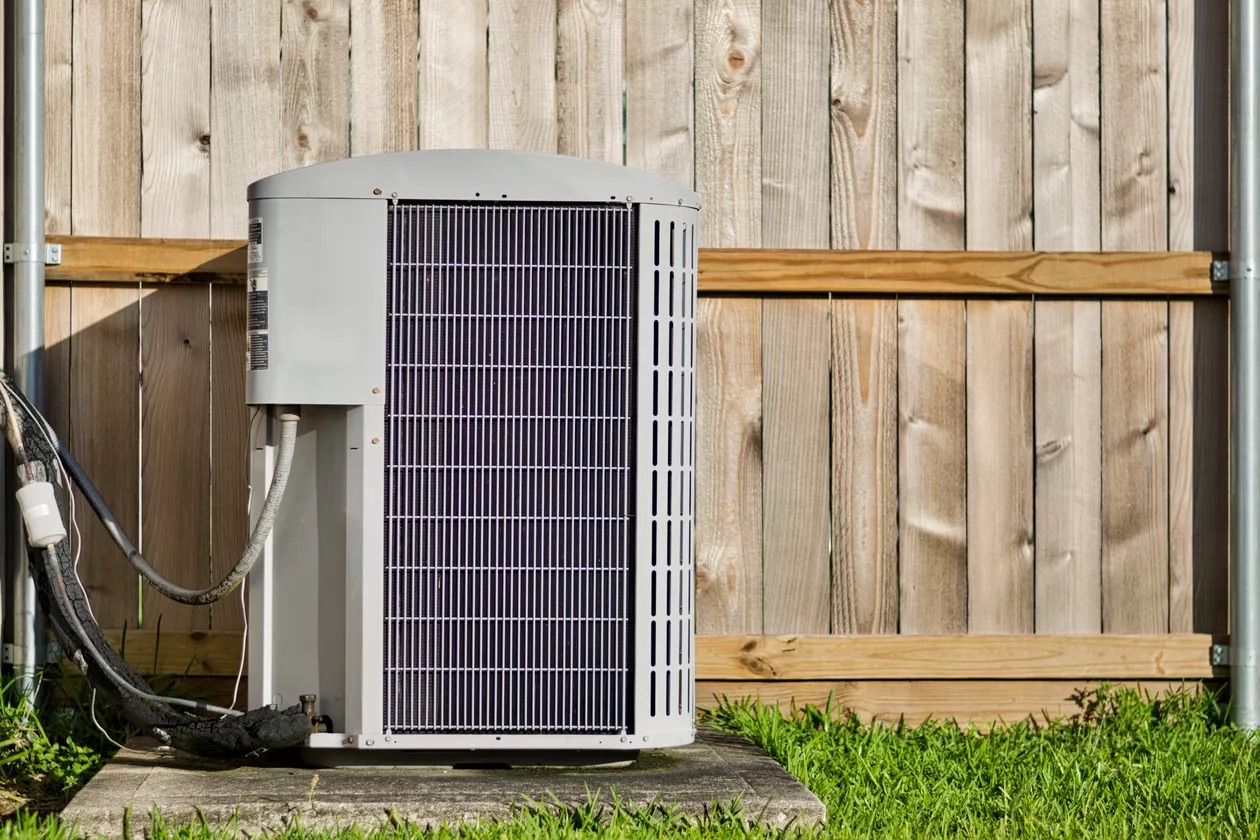Home> AC System Maintenance
AC System Maintenance: Essential Tips for Ultimate Cooling Performance
Discover essential AC system maintenance strategies to optimize your unit. Boost performance, increase lifespan, and save money with our expert guide.
How To Clean A Window AC Unit To Keep It Running All Summer Long
By: Olivia Parker • Articles
